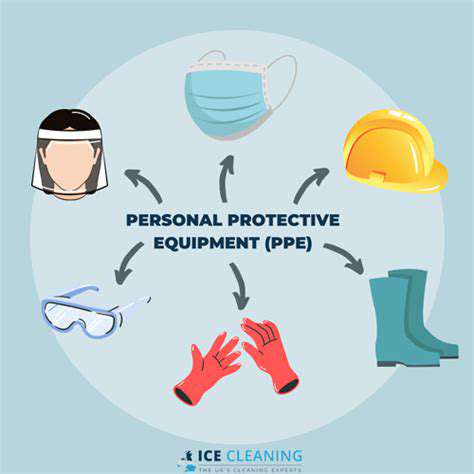The Impact of Digital Devices on Hand Joint Health
Maintaining Hand Health in the Digital Age
Ergonomic Considerations for Hand Health
In today's digital age, our hands are constantly engaged with keyboards, mice, and touchscreens. Prolonged use of these devices, often in awkward postures or with improper form, can lead to a range of hand and wrist problems. Understanding proper ergonomic principles is crucial for maintaining hand health. This includes using adjustable chairs and desks, positioning devices at a comfortable height to avoid straining wrists, and taking regular breaks to stretch and move the hands and wrists.
Adopting a neutral wrist position while typing or using a mouse is essential. Avoid flexing or extending the wrist excessively, as this can put undue stress on tendons and ligaments. Using wrist rests or ergonomic keyboards can help maintain a neutral posture and reduce strain.
The Impact of Repetitive Strain Injuries
Repetitive strain injuries (RSIs) are a significant concern for those who spend extensive time interacting with digital devices. The constant, repetitive motions involved in tasks like typing, clicking, and scrolling can lead to inflammation, pain, and stiffness in the hands and wrists. Carpal tunnel syndrome, a common RSI, is characterized by pain, numbness, and tingling in the hand and fingers, often exacerbated by prolonged computer use.
Understanding the risk factors for RSIs and taking proactive steps to mitigate them is vital. Regular stretching, incorporating breaks into your workday, and utilizing ergonomic tools can help prevent these injuries from developing.
The Role of Hand Hygiene and Digital Devices
Maintaining good hand hygiene is crucial, especially in the digital age where we frequently touch keyboards, phones, and other shared devices. Germs can easily transfer from these surfaces to our hands, potentially leading to infections or illnesses. Regular handwashing with soap and water, or using hand sanitizer, is essential to prevent the spread of bacteria and viruses.
The Importance of Digital Breaks and Rest
Prolonged use of digital devices can lead to muscle fatigue and tension in the hands and wrists. Taking regular breaks to rest and stretch the hands is crucial for maintaining optimal hand health. These breaks should involve moving the hands and wrists through a range of motions, stretching fingers, and gently massaging the hand and wrist areas. Short breaks, even just 5-10 minutes every hour, can significantly reduce the risk of developing hand-related problems.
Incorporating activities that don't involve digital devices during these breaks can also be beneficial. This could include taking a short walk, doing some light exercises, or simply focusing on relaxing your hands and wrists.
The Long-Term Effects of Digital Device Use on Hand Health
While the immediate effects of digital device use might be discomfort, the long-term consequences can be more serious. Sustained exposure to repetitive motions and awkward postures can contribute to the development of chronic hand conditions. This includes conditions like osteoarthritis, which can cause pain and stiffness in the joints over time. Understanding the potential long-term impacts of digital device use can help us make informed decisions about our daily routines and adopt preventive measures to maintain optimal hand health for years to come.
Regular assessments by healthcare professionals can be crucial in detecting early signs of hand-related problems and implementing appropriate interventions to prevent further complications. Taking proactive steps towards promoting hand health in the digital age is essential for maintaining overall well-being and productivity.











